Blockchain and the Internet of Things (IoT)
Flutter Bees for Stress Relief
Take a moment to relax with the Flutter Bees mini app! Tap the bees to earn points or enjoy the hive defense game — a perfect way to refresh your mind during a busy day.
Introduction
The Internet of Things (IoT) has transformed our world, connecting everyday devices to the internet — from smart thermostats to wearable fitness trackers. However, with the increase in connected devices comes the challenge of ensuring secure, transparent, and efficient communication between them. This is where blockchain technology steps in.
What is IoT?
IoT refers to a network of physical objects embedded with sensors, software, and technologies to exchange data with other devices and systems over the internet. Examples include:
- Smart home systems
- Connected cars
- Industrial sensors
- Health monitoring devices
How Blockchain Enhances IoT
Blockchain introduces unique features that address many IoT challenges:
1. Security
Blockchain’s decentralized nature ensures that no single point of failure can be exploited. Device data is encrypted and securely recorded, making it harder for hackers to manipulate or steal information.
2. Transparency
Every device interaction recorded on a blockchain is visible and verifiable. This builds trust among users and service providers, especially in industries like healthcare and supply chain management.
3. Automation with Smart Contracts
Smart contracts can automate IoT device operations based on predefined conditions. For example, a smart irrigation system could release water automatically once soil sensors detect dryness — all triggered and verified by blockchain.
4. Decentralized Networks
IoT ecosystems often depend on centralized servers, leading to risks and bottlenecks. Blockchain removes this dependency, enabling peer-to-peer communication among devices, improving efficiency and resilience.
Real-World Applications
- Smart Cities: Managing traffic flow, energy grids, and public services with secure IoT systems.
- Healthcare: Ensuring secure and tamper-proof patient data across wearable health devices.
- Logistics: Tracking goods in real-time with IoT sensors recorded on blockchain, ensuring authenticity and timely delivery.
Challenges Ahead
While blockchain and IoT together offer promising solutions, challenges like scalability, interoperability between different blockchains and IoT devices, and energy consumption need further innovations.
Relax and Recharge:
Take a quick break with the Flutter Bees mini app! Click and play to lift your spirits and boost your creativity for the day.
Conclusion
Blockchain technology offers the missing layer of security, transparency, and automation that IoT desperately needs. As both technologies evolve, their integration will create smarter, safer, and more efficient systems across industries.
End on a Light Note:
Don’t forget to check out Flutter Bees — the stress-busting mini app where you can click, build, and defend your bee empire while boosting your mood!
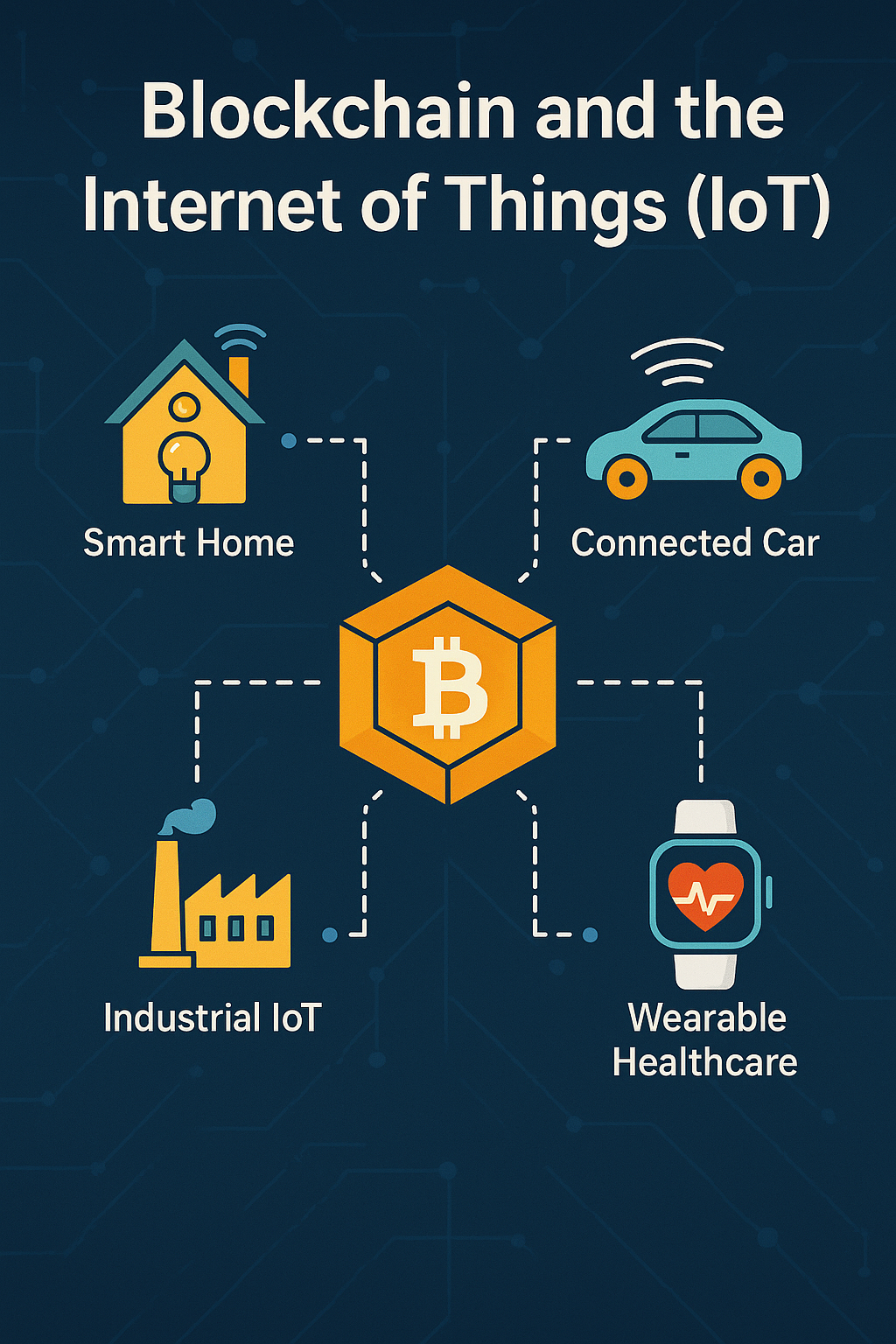
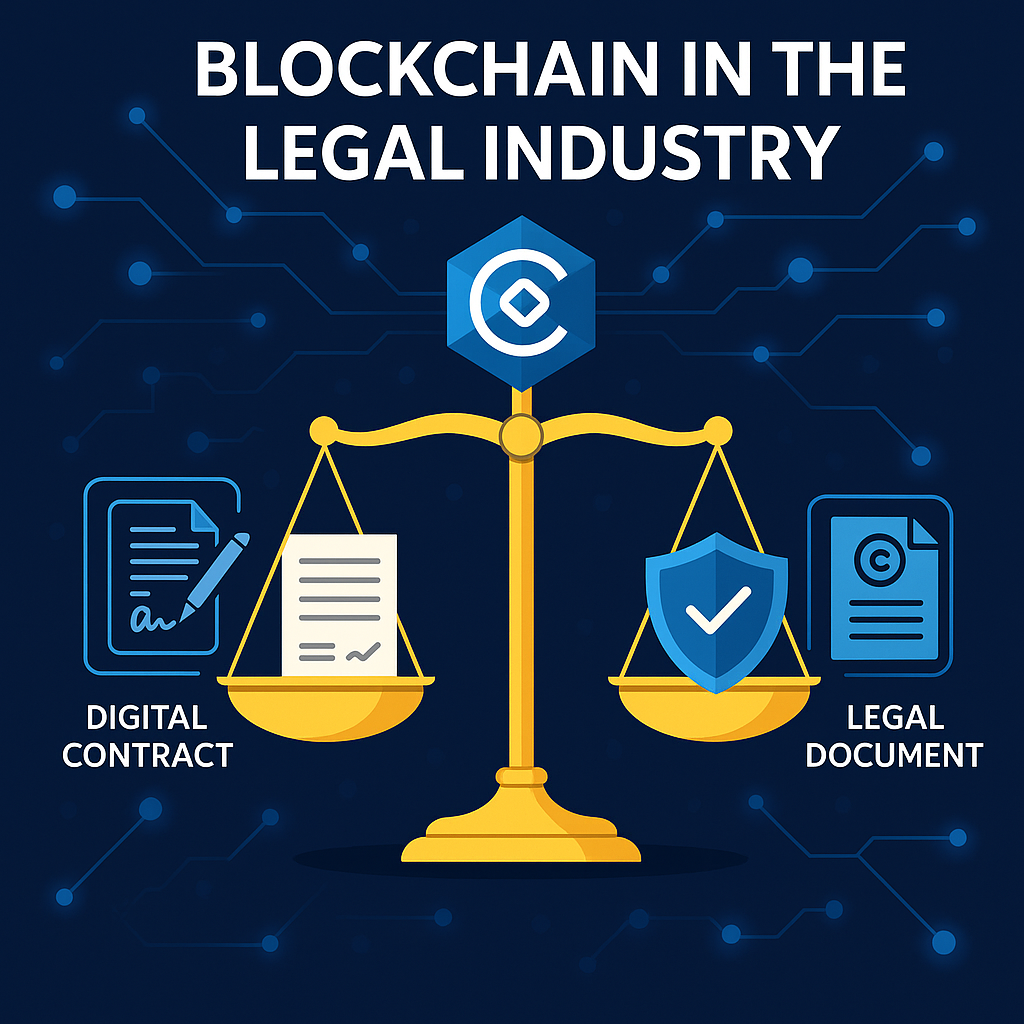
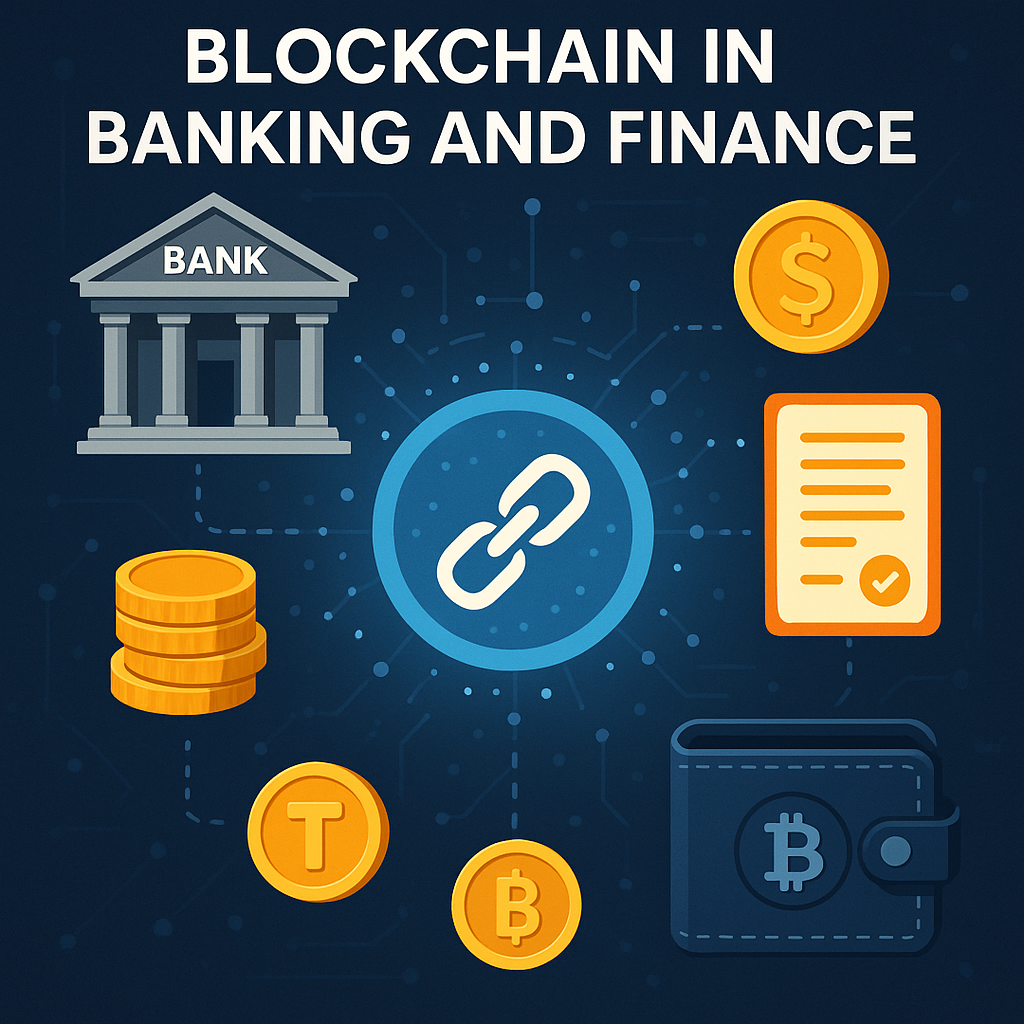
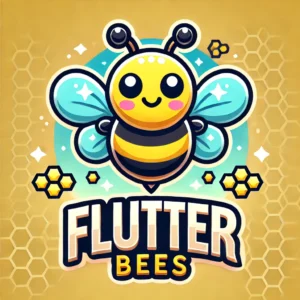
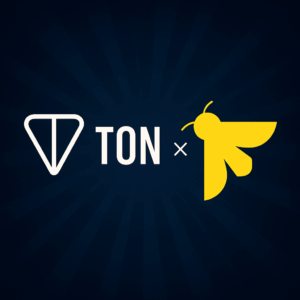
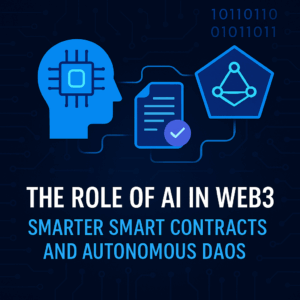
Post Comment